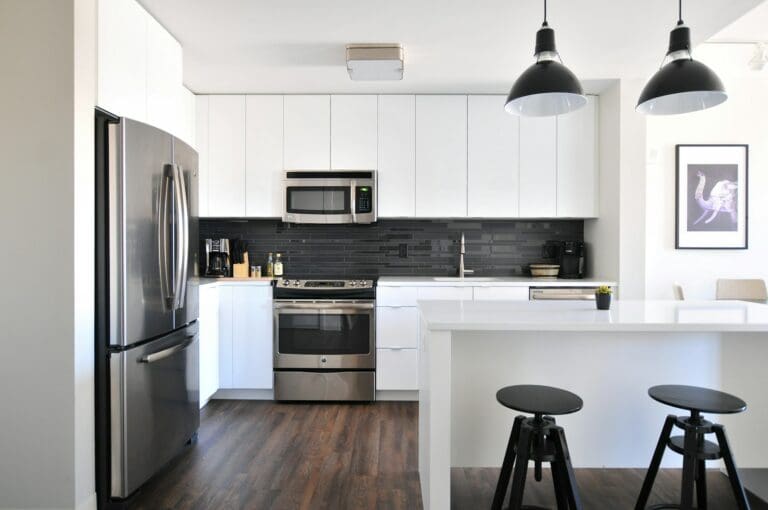Telemedicine is a revolutionary technology that has changed how healthcare professionals interact with and treat their patients. It enables medical care to be safely provided remotely, using telecommunications technologies such as videoconferencing, instant messaging, or even email. By providing remote access to health services, telemedicine can offer more convenient access to quality care in rural areas and other regions with shortages of health professionals.
Having said this, telemedicine has limitations that need to be understood.
‘Patients need to be informed about how to get the right type of care to address their needs since, as helpful as telemedicine is, it is only useful in some situations.’
Let’s outline the challenges and boundaries of telemedicine today so patients can get the right care in every situation.
One challenge is technological infrastructure. Many families lack broadband coverage or adequate internet speeds for reliable communication between doctor and patient. The lack of access to high-speed internet and the cost associated with implementing and maintaining telemedicine systems are two major obstacles that prevent its widespread use.
The second challenge for some patients is the need for more technological know-how. Many telemedicine platforms are not intuitive and require fussy logins or other tech hurdles. For some patients, these barriers to access can be too large to overcome.
The third challenge is data privacy. Many platforms are available, but how can a patient know if their data is safe? Signing up for anything that requires personal information to be shared electronically can be a risk and require extra attention. Worse, it is impossible to know if a telemedicine platform is selling patient data to companies that want to advertise to patients with specific conditions. These privacy concerns are very relevant in today’s digital world.
The fourth challenge is the quality of care. Too often, telemedicine providers are incentivized to “see” as many patients as possible without taking the time to truly understand the holistic nature of the illness or condition. Telemedicine might seem more like “speed doctor dating” and will not provide the quality care of a medical house call.
Finally, cultural barriers may exist regarding the acceptance of telehealth solutions. For some patients, telemedicine is not a routine practice and requires they adopt to this technology option. The cultural barriers require a willingness for patients to educate themselves about the potential advantages, which may be difficult for older or disabled patients.
While telemedicine offers convenient advantages to patients, it is important people understand the limitations of telemedicine as well. Telemedicine should not be used instead of a proper medical exam that one can get in a doctor’s office or from a medical house call. All these considerations should be considered when deciding how to get the care you need in different medical situations.

